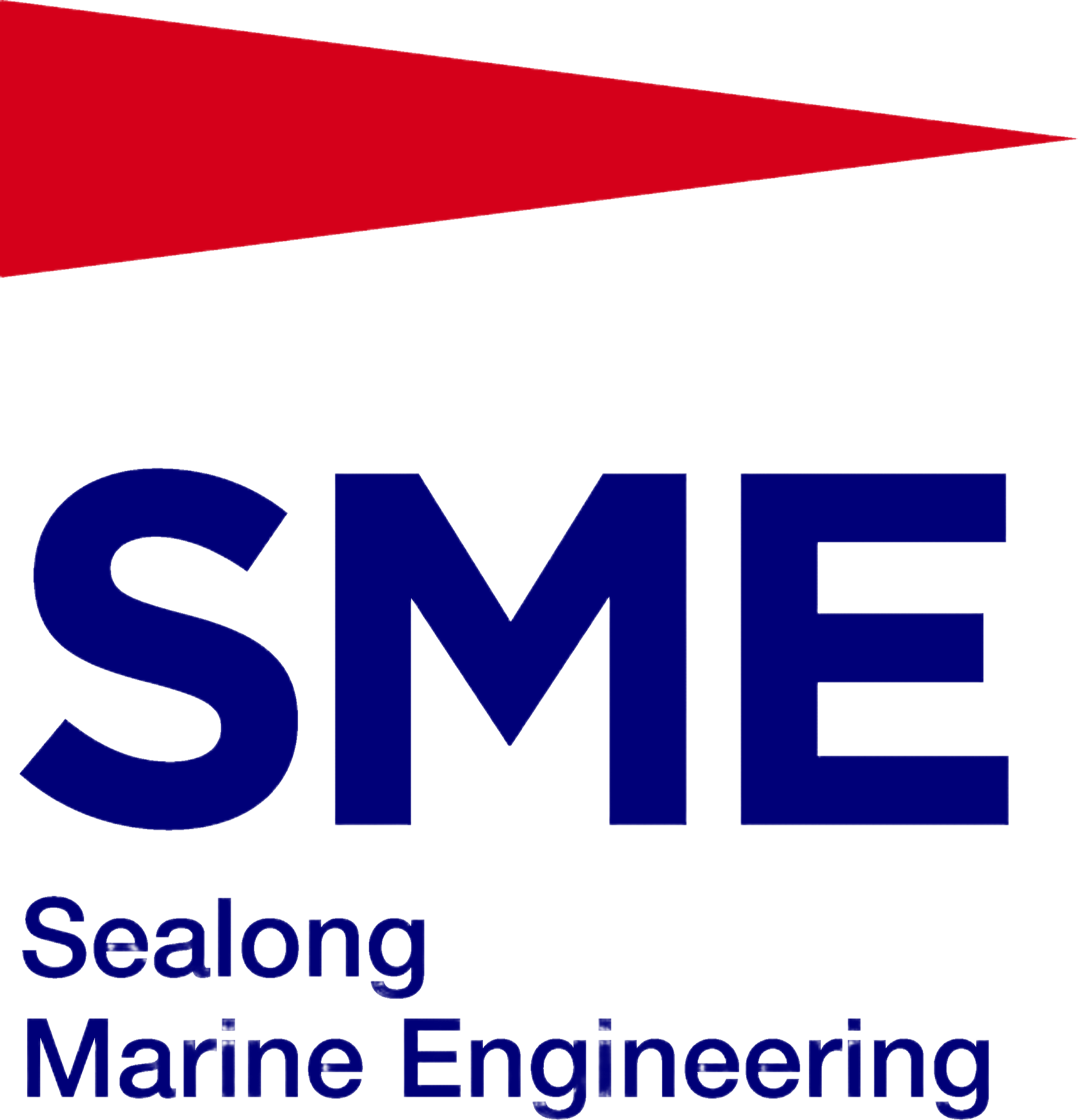Heat plays a very vital role in the efficiency of the vessel and therefore selected area in the maritime industry. This mission is from one of the numerous components that are frequently attributed to the plate heat exchanger (PHE). These devices are critically important for cooling of some important onboard systems, and their effectiveness determines the general operation of your vessel, we go deeper in understanding the importance of the efficiency of plate heat exchanger and its implications on the performance of the ship.
Impact of Reduced Efficiency
Increased Fuel Consumption
This research also revealed that reduced efficiency of the plate heat exchanger is costly as it will lead to increased fuel consumption. Whenever the PHE is not efficient, the cooling systems face a problem. This inefficiency results into the engines and other related sub-sections taking longer time and working harder in an attempt to produce certain levels of outputs. As such, the ship uses more fuel, which in turn; increases operational expenses and a decrease in total performance. Combined continually over long time horizons, they are expenses that weigh down your profitability and organizational viability.
HigherMaintenanceCosts
Another disadvantage of having low PHE efficiency is the concomitant increase maintenance expense thereby making the cost to operate high. Dirty heat exchangers are less efficient and they will experience high levels of wear of parts such as gaskets and plates which will frequently need replacement. Furthermore, lack of adequate cooling, which is provided by the cooling system mars the overall mechanical efficiency and puts extra load on other mechanical parts that may cause early and rapid wearing out of these specific parts. While the initial frequency of part replacements plus additional costs of labor may not seem much, it does add up to a company’s expenses.
Possible Equipment Failure Resulting From Overheating
As a plate heat exchanger does not perform as intended, the most adverse effect is that other components risk of overheating failure. Indeed, ships are operated under severe conditions and for the proper operation and reliability of systems onboard it is important to have the correct temperature. When plate heat exchangers do not provide enough cooling capacity, engines, generators, and other important equipment are bound to overheat. This overheating could result in what can be referred to as sheer and catastrophic failure, which may lead to dangerous situations while at sea or desperation maintenance operations.
How to Improve Efficiency
Regular Cleaning (CIP or Manual)
It goes without say that always cleaning your plate heat exchangers must form the core of your duties as a user. However, fouling and scaling take place overtime, and hence minimizing the heat transfer capabilities usually observed in heat exchangers. These buildups are better handled through a routine cleaning for which an effective system is the Clean-In-Place (CIP) systems or you can clean them manually. The advantages of the CIP systems include the ability to clean without having to dismantle the systems, which will reduce the amount of time that the systems will be out of service; however, the manual cleaning is also very effective and often involves the use of many resources. Precise cleanliness of the heat exchangers enables maximum performance throughout the fuel consumption that brings down the operating expenses scrupulously.
Pressure Testing to Detect Leaks
Another important regime of maintenance to maintain the efficiency of PHEs is the pressure testing. Of course, with time, there will be some form of erosion and thus may develop leakages at the plates or gaskets of the heat exchanger. These undetected leaks are not only responsible for low cooling efficiency, but also could cause cross contamination of fluids which could harm critical systems. They include normal pressure testing done in order to detect pressure developments that might cause leakages that call for timely repair and substitute of substandard components. By keeping the integrity of your PHE, you can guarantee that your system functions and protects your vessels’ reliability and performance.
Using Genuine Replacement Gaskets and Plates
It is only wise, however, to use original gaskets and plates when there is a need to change the worn out parts of your plate heat exchanger. Replacing the original components of a heat exchanger system with non-genuine components can be a good substitute economically but when used in the PHE it may not be effective as they are not up to the required standards. Original parts are cutoff specifically for your system and can provide the best form of fitting and workings. Aside from extending the service life of your heat exchanger, the use of genuine replacement parts also guarantees that the PHE would always perform at its peak thereby avoiding that are brought about by poor PHE performance.
Conclusion
The heat transfer performance of aluminium plate in every thermal vessel is critical overall effectiveness. The know how in the measured efficiency, fuel consumption and instrument points of view on increased at the higher maintenance retributive rather magnitude of the PHE capacity to work as expected fully explain the reason why PHE has to continue delivering the optimal performances. Special tools to achieve higher efficiency of plate heat exchangers include strict maintenance on plate heat exchangers, conducting periodic pressure tests to check for leaks and employing genuine spare parts. These actions not only enhance the operational and safety of the vessel, but over the years help in making significant realizable savings both in economic and environmental aspects.

 EN
EN








































